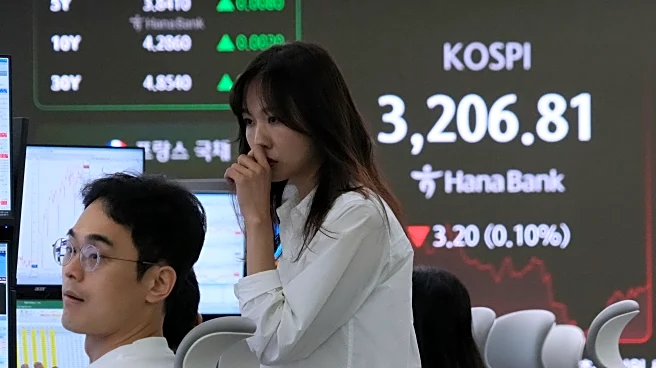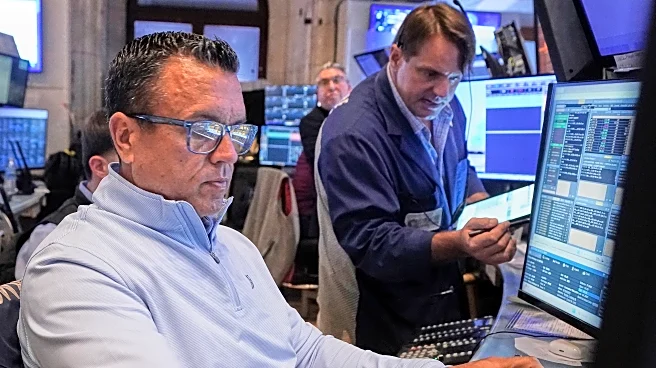Rapid Read • 8 min read
The Philippines experienced a surge in net foreign direct investments (FDI) in May, according to data from Bangko Sentral ng Pilipinas (BSP). The net FDI for the month reached $586 million, marking a 21.3% increase compared to $483 million in May of the previous year. However, this figure represents a 3.9% decline from the $610 million recorded in April. The rise in May was primarily driven by an 88.3% increase in nonresidents' net investments in debt instruments, which amounted to $427 million. Despite this growth, nonresidents' net investments in equity capital saw a significant drop of 61.4%, falling to $62 million from $161 million. The United States, Japan, Singapore, and South Korea were the major contributors to these investments, with manufacturing, real estate activities, and electricity supply industries being the primary sectors receiving these funds.
AD
The increase in net FDI is a positive indicator of improved investor sentiment in the Philippines, attributed to solid macroeconomic fundamentals, stable inflation, and infrastructure development. This growth suggests a favorable environment for foreign investors, which could lead to further economic development and job creation in key sectors such as manufacturing and real estate. However, the year-to-date decline in FDI inflows highlights ongoing challenges related to policy clarity, geopolitical risks, and tariff developments. The Philippines must address these issues to sustain and enhance foreign investment levels, which are crucial for long-term economic growth and stability.
To maintain and potentially increase FDI inflows, the Philippines needs to focus on accelerating reforms in ease of doing business, investment facilitation, and trade diversification. These measures could help counteract global uncertainties and attract more foreign investments. Additionally, if the country's economic growth remains near the 5.4% average observed in the first half of the year, it could support a modest recovery in FDI during the latter part of the year. Continued efforts to improve investor confidence and address external challenges will be essential for sustaining this positive trend.
The rise in FDI reflects broader regional trends, including moderating global interest rates and a recovery in regional trade. These factors, combined with domestic economic policies, contribute to the Philippines' attractiveness as an investment destination. However, the sensitivity of FDI inflows to external factors underscores the need for strategic policy adjustments to mitigate risks and enhance the country's competitive edge in the global market.
AD
More Stories You Might Enjoy











